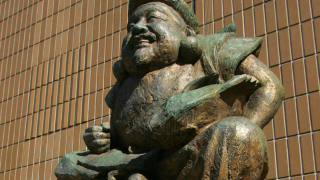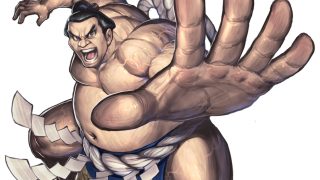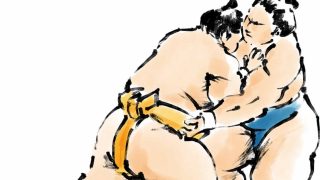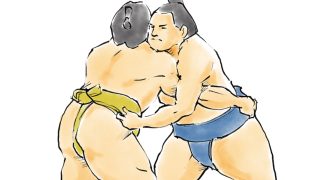 Trivia
Trivia “Shirokuro Tsukeru”: A Japanese Expression Born from Sumo’s Wins and Losses
The expression “shirokuro tsukeru” reflects a strong determination to eliminate ambiguity and reach a clear conclusion. With its roots in sumo culture, it also serves as a fascinating example for foreigners learning Japanese.









